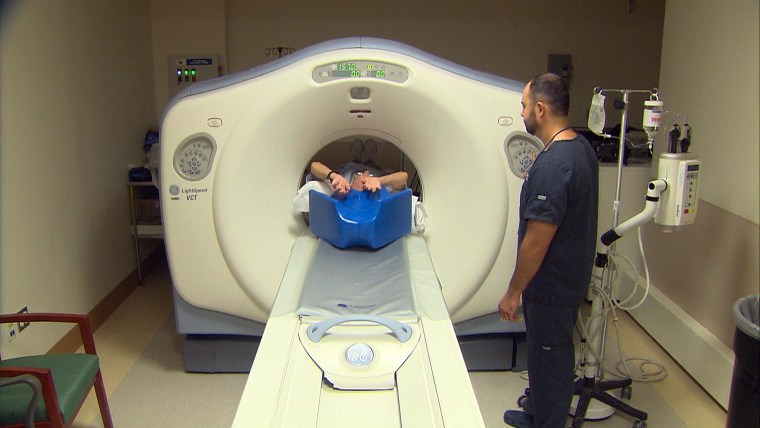Having cancer is bad enough. And the lifetime consequences have been well-documented — a higher risk of other cancers, heart disease and general weakness from the treatment.
Now a new federal study shows there’s a financial burden too — on average, $4,000 a year for men and $3,000 for women over and above what people who haven’t had cancer spend.
And that’s just direct medical costs. Cancer survivors also have thousands in lost productivity, from having to cut work hours or even quit their jobs, the report finds.
With more than 13 million cancer survivors in the U.S. now, that’s a lot of money.
“Cancer survivors face physical, emotional, psychosocial, employment and financial challenges as a result of their cancer diagnosis and treatment,” said Donatus Ekwueme, a senior health economist at the Centers for Disease Control and Prevention who worked on the report.
“With the number of cancer survivors expected to increase by more than 30 percent in the next decade — to 18 million Americans — medical and public health professionals must be diligent in their efforts to help reduce the burden of cancer on survivors and their families.”
To calculate the costs, a team from CDC, the National Cancer Institute, American Cancer Society and elsewhere looked at data from the Agency for Healthcare Research and Quality’s 2008-2011 survey on medical spending.
“From 2008 to 2011, male cancer survivors incurred average annual medical expenditures of approximately $8,000 per person and per capita productivity loss of $3,700,” they wrote.
“For females, the estimates were $8,400 for annual medical expenditures and $4,000 for per capita productivity loss. Among men, these estimates were nearly two times higher and for women they were one-and-half times higher than among persons without a cancer history.”
They found nearly 32 percent of cancer survivors had to limit usual daily activities outside of work because of cancer and 42 percent had to make changes to their work hours and duties.
“The results of this analysis indicate that overall, cancer survivors had total annual medical expenditures estimated at $4,187 more for males and $3,293 more for females, compared with those of persons without a cancer history,” they wrote.
Thirty percent could not return to work at all. Others may have been forced to. "These survivors might be returning to work to maintain adequate health insurance coverage and to pay for cancer-related services not covered by insurance,” the report reads.
A second, unrelated study found that childhood cancer survivors are 52 percent more likely to be hospitalized than similar children who have not had cancer.
"Our findings demonstrate that survivors of child and adolescent cancer require better strategies to prevent, manage and treat conditions before they become severe enough to require hospitalization," Anne Kirchhoff of the University of Utah and colleagues wrote in the journal Cancer Epidemiology, Biomarkers and Prevention.
.
